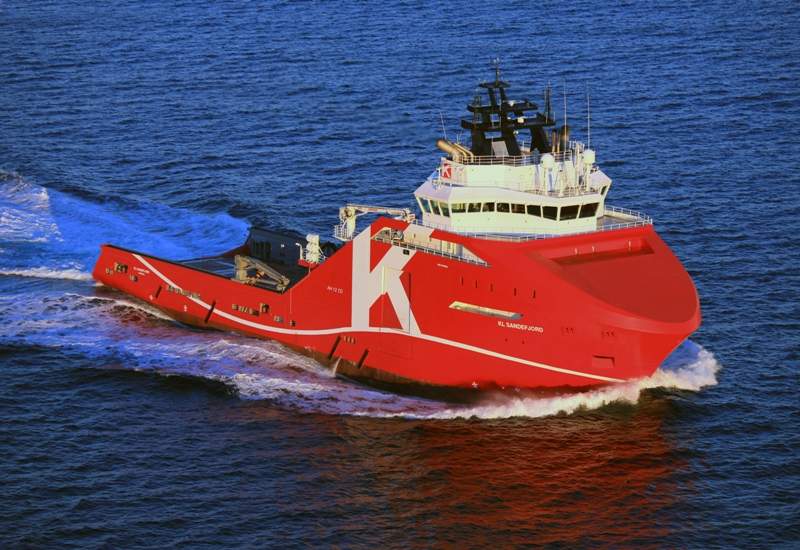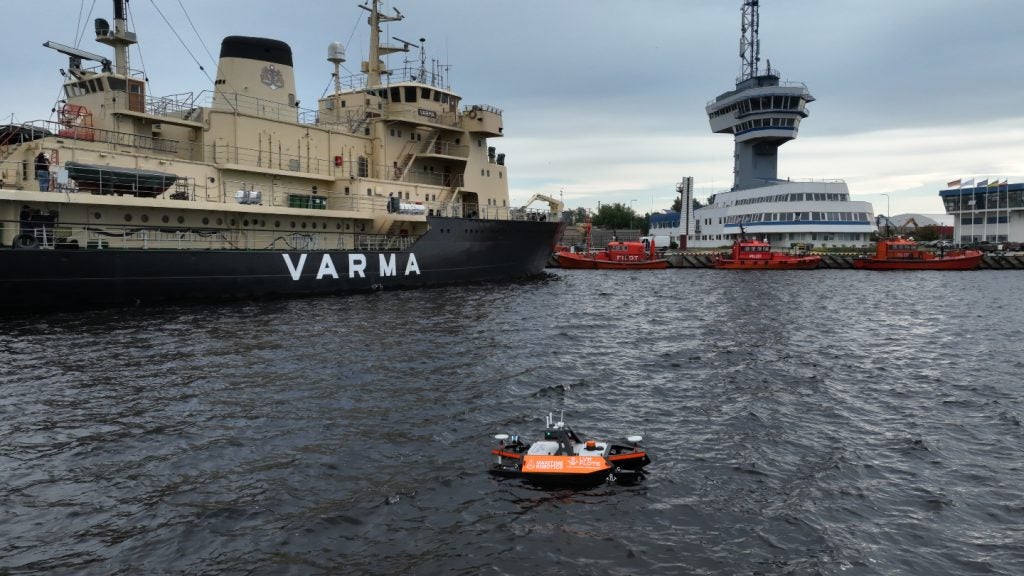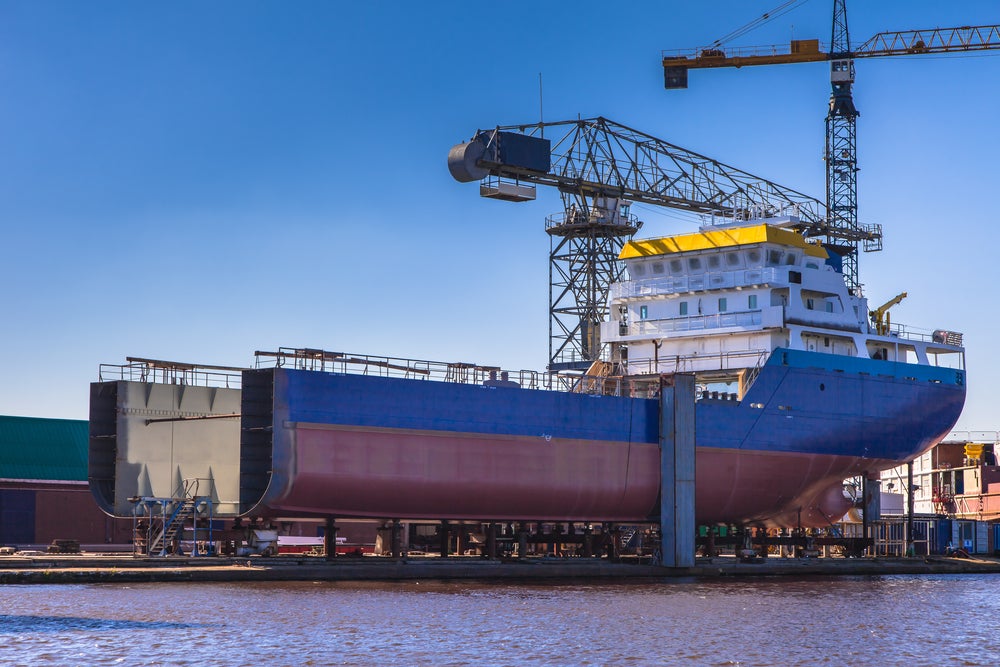

KL Sandefjord, a vessel owned by Kawasaki Kisen Kaisha (K Line) subsidiary K Line Offshore, has received DNV GL's 'Shore Power' class notation.
The notation has verified the design and installation of the vessel’s on-board electrical shore connection.
The new certification will allow KL Sandefjord to perform cold ironing, which means the vessel will be able to shut down its engines and rely on a shore-based electrical supply during berthing at port.
It is also expected to help K Line Offshore to document a safe interface between shore facilities and the ship based on International Electrotechnical Commission (IEC) standards.
K Line Offshore Operation and Technical senior vice-president Espen Sørensen said: “With an on-board shore power installation tested and verified by DNV GL, we now have an offshore vessel equipped for the future.
“And as result of the good cooperation we have enjoyed with the Bergen Port Authority and DNV GL during this process, we have also decided to apply for the Shore Power class notation for the sister vessel, KL Saltfjord.”
How well do you really know your competitors?
Access the most comprehensive Company Profiles on the market, powered by GlobalData. Save hours of research. Gain competitive edge.

Thank you!
Your download email will arrive shortly
Not ready to buy yet? Download a free sample
We are confident about the unique quality of our Company Profiles. However, we want you to make the most beneficial decision for your business, so we offer a free sample that you can download by submitting the below form
By GlobalDataVessels are able to reduce their fuel consumption and eliminate various related emissions by employing cold ironing or using onshore electricity sources.
The process is also helpful in improving air quality at the port and surrounding environment, since it helps reduce the levels of nitrogen oxide (NOx), sulphur oxides (SOx) and carbon dioxide (CO2) emitted from the ship.
Additionally, it can also free the vessels' engines to enable more efficient maintenance and servicing.
DNV GL North Europe senior vice-president and regional manager Jon Rysst said: “There is an increasing awareness of the impact of shipping emissions in ports and this is driving investments in cold ironing.
“This is leading to ports both requiring and incentivising the use of alternative maritime power (AMP).”
The company also noted that an increase in fully electric and hybrid vessels could potentially pave the way for cold ironing to become standard procedure in many ports worldwide.
Image: KL Sandefjord offshore vessel. Photo: courtesy of DNV GL AS.






